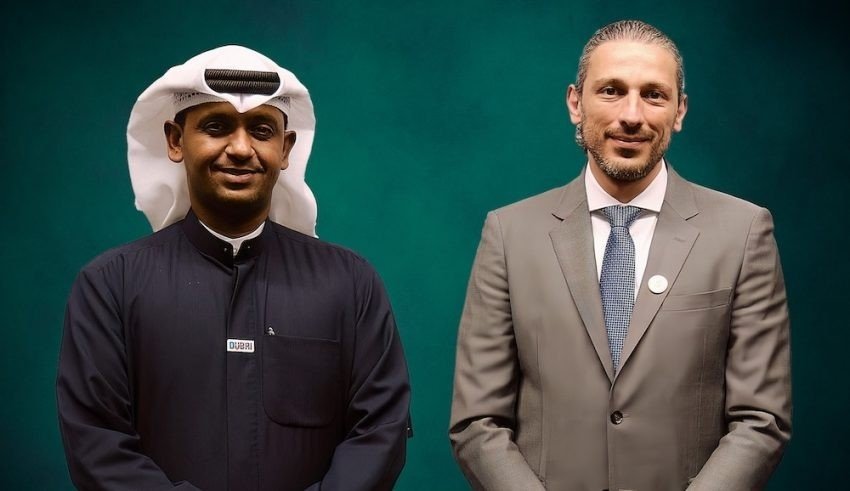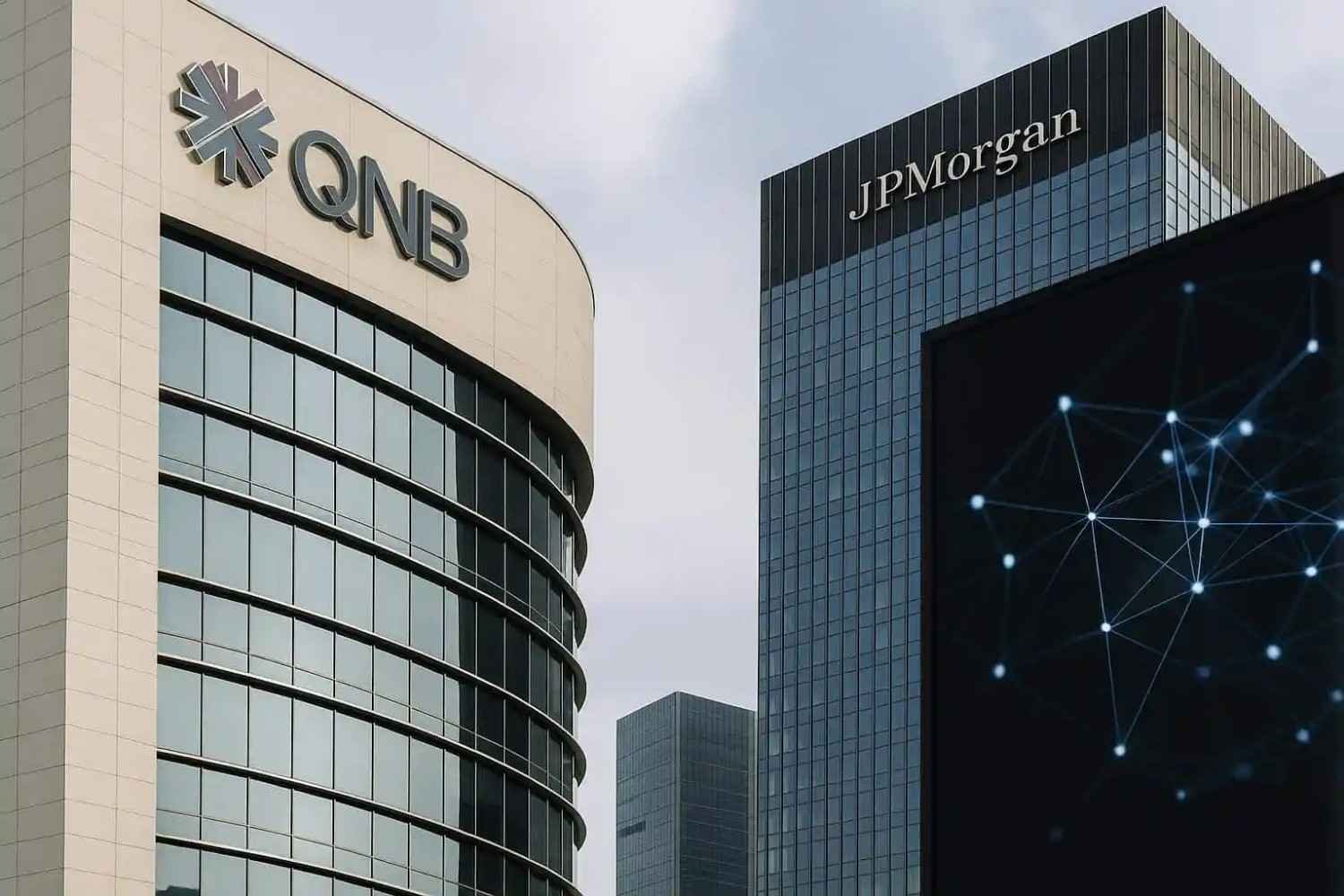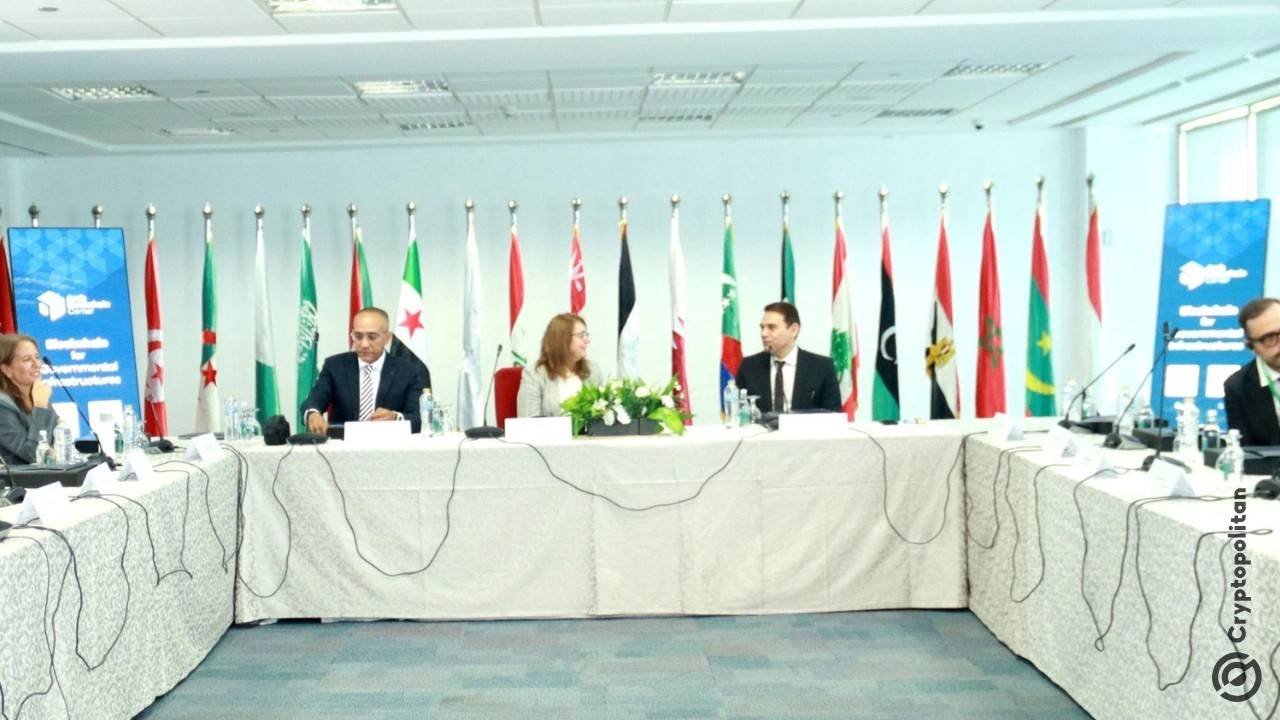DUBAI – The Middle East has officially evolved from cautious crypto curiosity to full commitment, with the UAE at the forefront of a generational financial shift positioning the region as a major global hub for digital assets. According to a new report by blockchain and Bitcoin solutions provider Mining Grid, the UAE attracted $34 billion (AED124 billion) in crypto inflows between July 2023 and June 2024, marking a 42% year-on-year growth. This surge establishes the UAE as a key player in the global crypto ecosystem, with more than 500,000 daily crypto traders active in the country.
Regionally, the Middle East pulled in $338.7 billion in crypto inflows during the same period—an 11.73% increase year-on-year—making it the world’s seventh-largest crypto market. Over 93% of these inflows originated from institutional-sized transfers, indicating a maturing market driven by long-term strategies rather than speculative activity.
Youth adoption is a defining feature of the UAE’s crypto scene, with over 74% of adults aged 25-34 actively interested in cryptocurrency and 21% planning to trade crypto within the next year. Social media platforms like TikTok, WhatsApp, and YouTube serve as primary discovery channels for this demographic, cultivating a socially connected generation seeking financial independence through digital assets. However, nearly half of young users express concerns about misinformation, creating opportunities for trusted platforms to lead in crypto education and responsible adoption.
Mining Grid Founder and Board Member Solaiman AlRifai attributes the UAE’s success to clear regulations and a zero capital gains tax, which create an optimal environment for crypto growth. “With an engaged and forward-looking population, it’s no surprise the country is now seen as the crypto capital of the Arab world,” he said.
Other regional players are also advancing their crypto strategies: Saudi Arabia recorded a remarkable 153% growth rate and leads the GCC in youth crypto adoption, while Oman has invested over $1.1 billion in green mining infrastructure to position itself as a hub for sustainable crypto mining.
Mining Grid CEO Rami Alsridi highlighted a new generation’s desire not just to invest in crypto but to understand, build, and lead its future. He noted growing Bitcoin mining activity driven by demand for decentralization, transparency, and energy-conscious innovation.
Bitcoin remains the dominant digital asset, while Ethereum’s ecosystem resilience keeps interest high. Stablecoins have become foundational in regional value transfers, now making up 66% of all on-chain transactions. The tokenization of real-world assets such as real estate and bonds is attracting significant institutional interest across the Middle East.
Mining Grid, with over 60,000 global users and a physical presence in the UAE, has played a pivotal role in accelerating crypto adoption by offering accessible, energy-efficient mining solutions. Its approach reframes Bitcoin mining as an infrastructure opportunity aligned with regional sustainability goals.
Looking ahead to 2026, Mining Grid analysts predict youth-led crypto accounts will become the largest onboarding segment in the Middle East by Q4 2025. Gulf countries are expected to further explore sustainable crypto mining, while mobile-first and gamified crypto platforms gain popularity. Institutional participation in tokenized assets and adoption of clean-energy-backed mining models are projected to accelerate across the region.















